Description
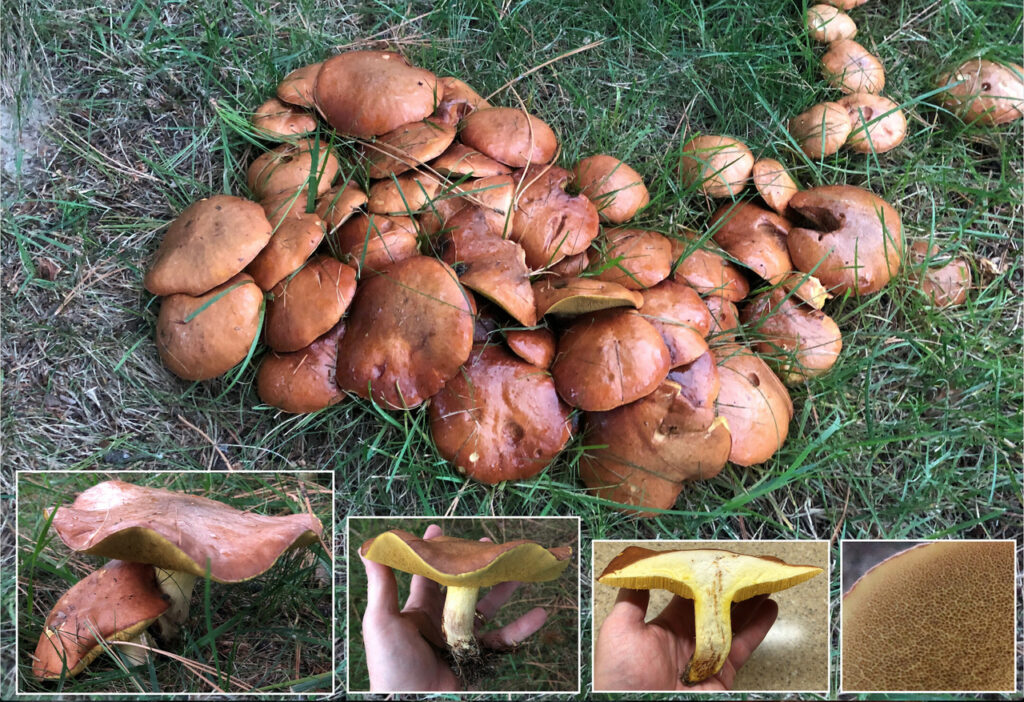
Genus: Suillus
Species: granulatus (the European species, found in America)
- Species 2: The native American species is S. weaverae.
Common Name:
Tells: White to pale yellow stem has many pink/brown dots & smears. Viscid brown to yellow cap. Whitish pores age yellow & usually stain dull cinnamon.
Other Information: Likes red pine (not the white pine where S. weaverae is found). Stem often darkens by the base. Young specimens exude milky droplets from the pores. A good edible, though many people prefer to remove the cap skin. May taste acidic.
Science Notes: The common American species associated with white pine was renamed S. weaverae, only to have the foraging community uncover examples of the actual, European S. granulatus growing around the great lakes with red pine instead of white. These finds have been confirmed with DNA testing.
Edibility: Good, though many people prefer to remove the cap skin.
CHEMICAL TESTS:
- NH4OH (Ammonia): Cap skin turns bluish gray, but stem skin turns purplish brown. Cap flesh turns pinkish or reddish orange before shifting to bluish or purplish with an orange border. Pores turn rusty orange.
- KOH: Cap skin turns dark olive or olive-gray, but stem skin turns purplish brown. Cap flesh turns pinkish brown (lactifluus reportedly turned dull lilac blue). Pores turn an instant rusty orange that quickly shifts to purplish brown.
- FeSO4 (Iron Salts): Cap skin turns bluish or olive gray, but stem skin turns dark green. Cap flesh turns dark green. Pores turn olive green.
Links:
 |
0 |  |
0 |  |
0 |  |
0 |

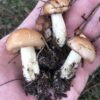
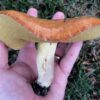
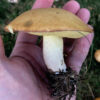
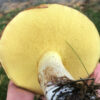
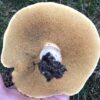
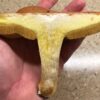
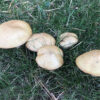
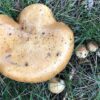
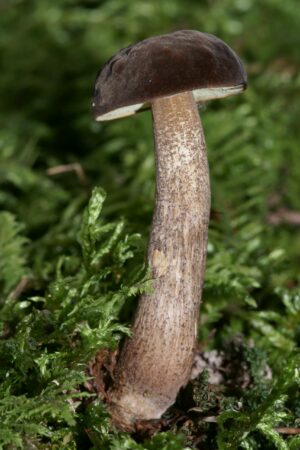
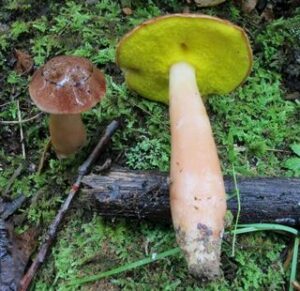
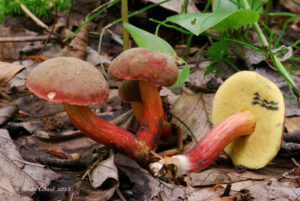
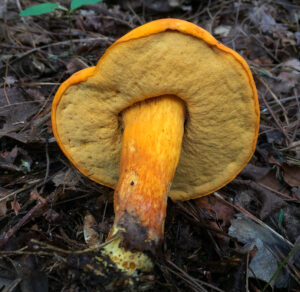
Got something to discuss?